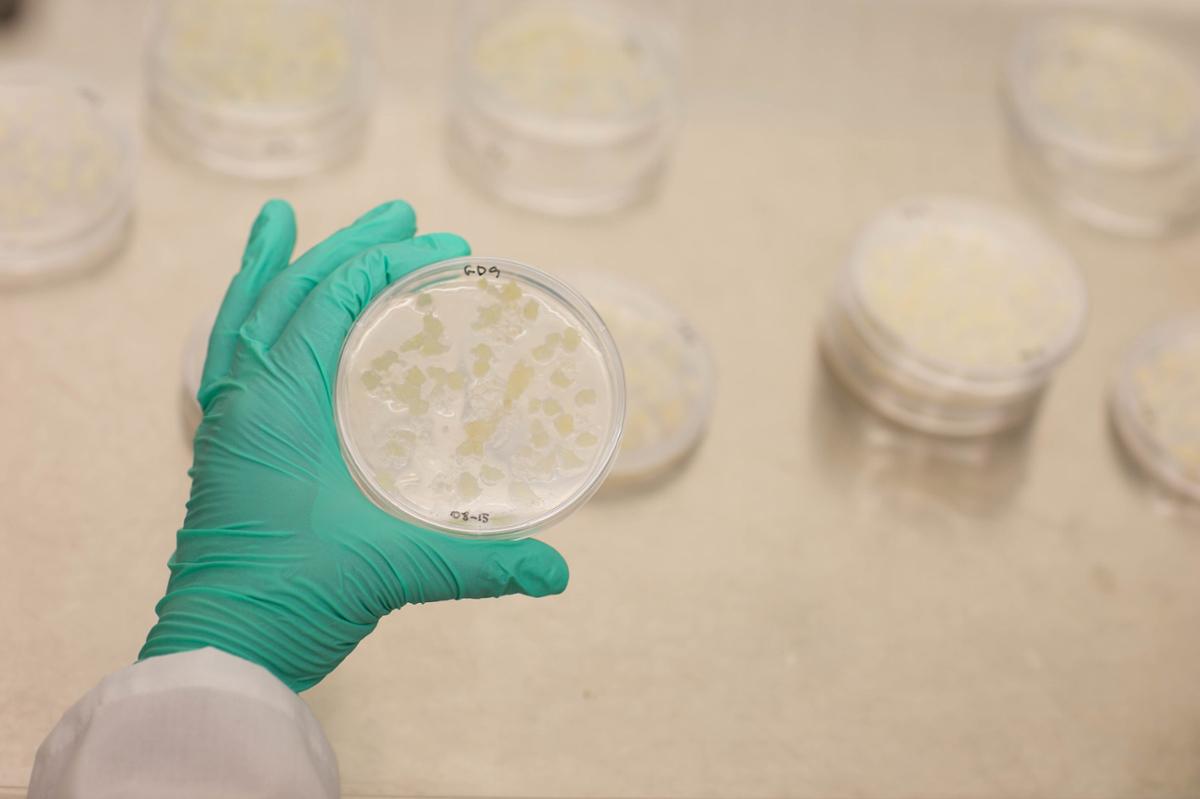All around the world, scientists are hard at work trying to better understand and beat cancer. When it comes to this kind of research, scientists have options. Sometimes, they use cancer cell lines, or cancer cells that divide and multiply in a lab dish. Scientists can also use mice that have been genetically engineered to develop cancer, or mice that they’ve implanted human tumors into in a process called xenografting. Another option is using tumoroids, or 3D balls of cancer cells developed from human tumor specimens. With all these choices, which ones should scientists pick?
Perhaps the most important factor in making that decision is how similar the model is to a naturally-occurring human tumor. If you test a drug on a cancer model, for example, you want to make sure the drug will work on a real person. It’s already possible to test how well a model mimics cancer by transplanting the lab-grown cell lines, xenografts, or tumoroids into mice and watching to see whether the cells grow and multiply the way cancer cells do. But it’s a costly and time-consuming process. Now, researchers have figured out a way to check how well the models perform using a computational tool they created.
After using the tool to compare the similarity of different cancer research models to 22 tumor types, they found that cell lines were the least similar to real human tumors. Xenografts also didn’t do great. The models that were the most similar were genetically engineered mice and tumoroids.
There ain’t nothing like the real thing, but at least we can pick models that do a good job of trying.









